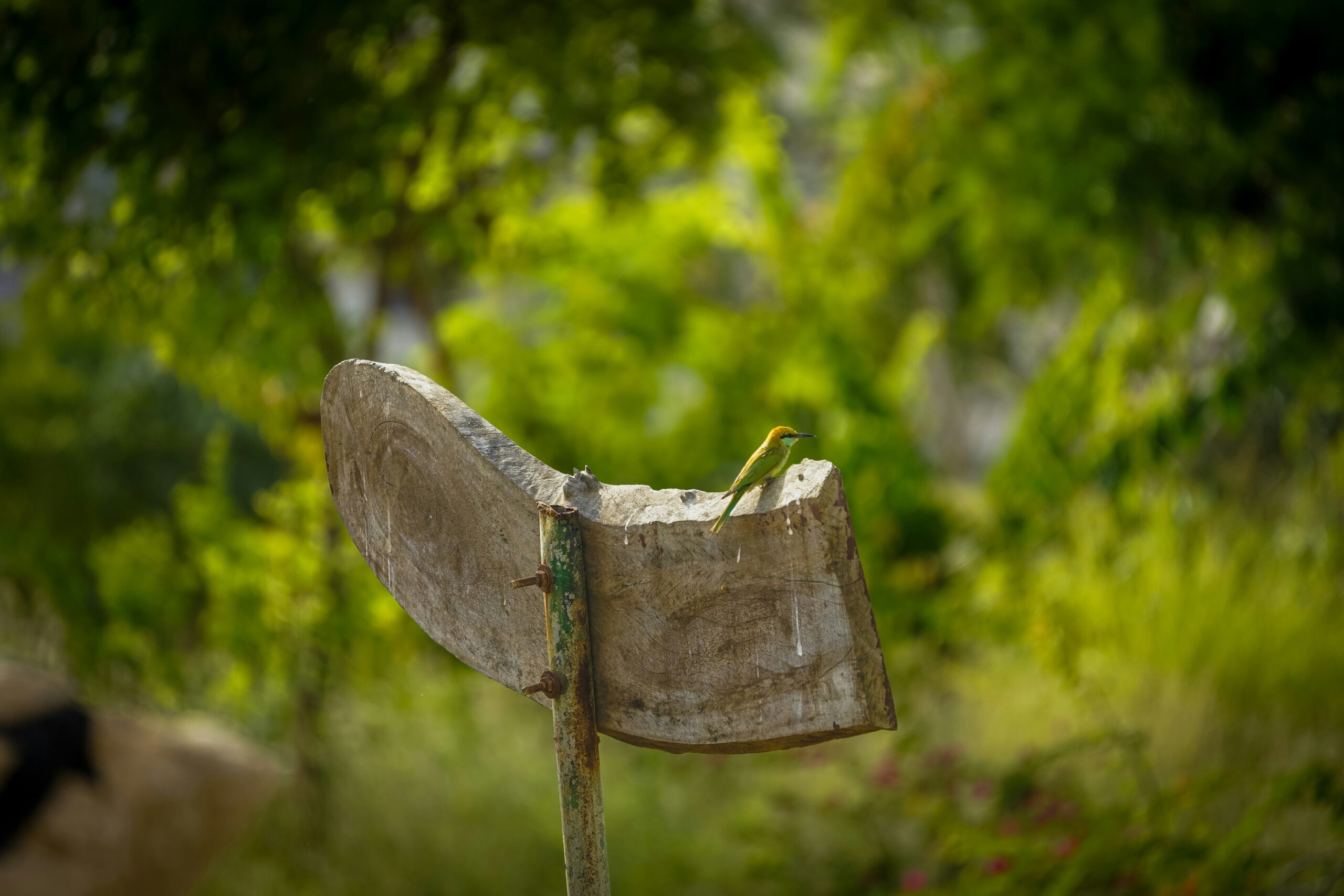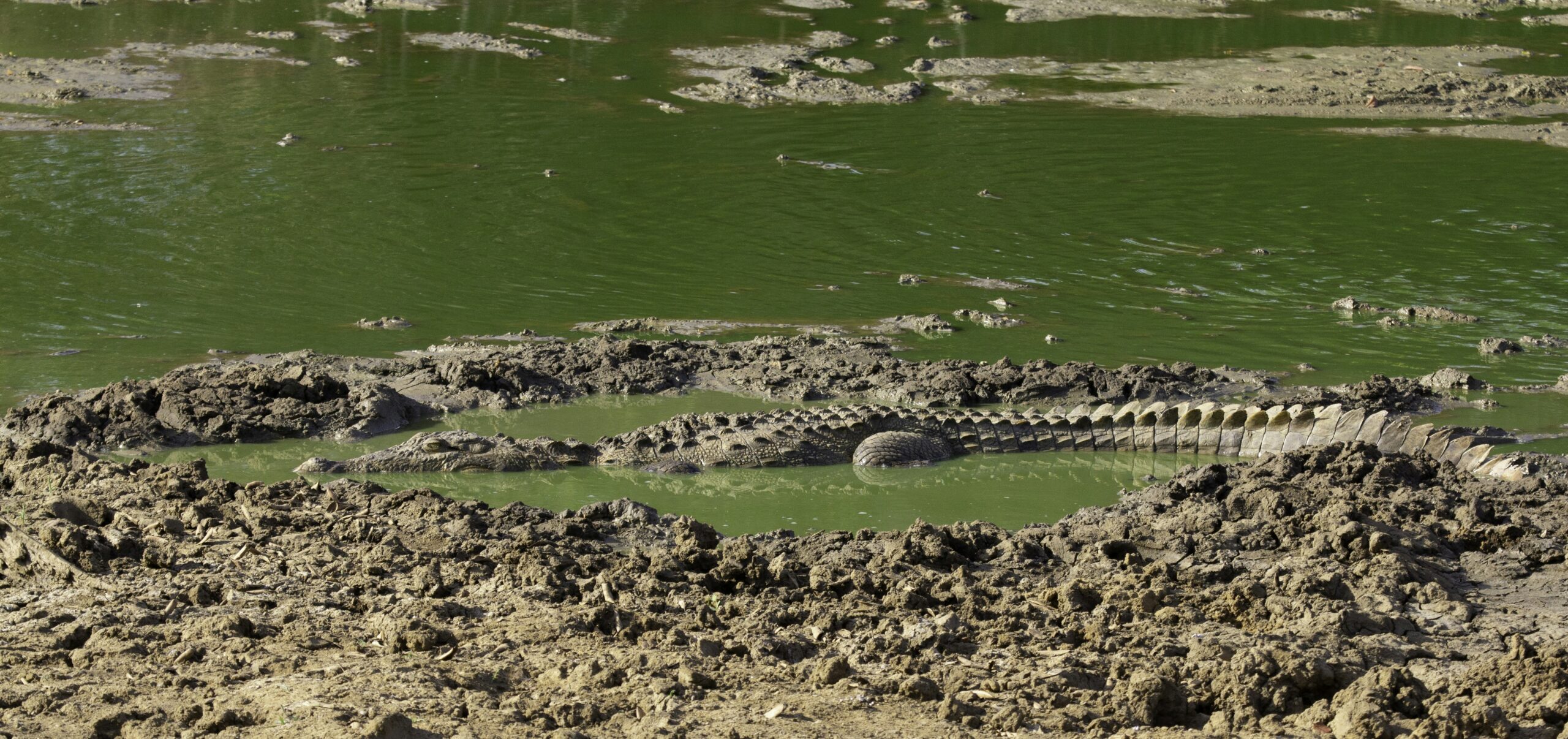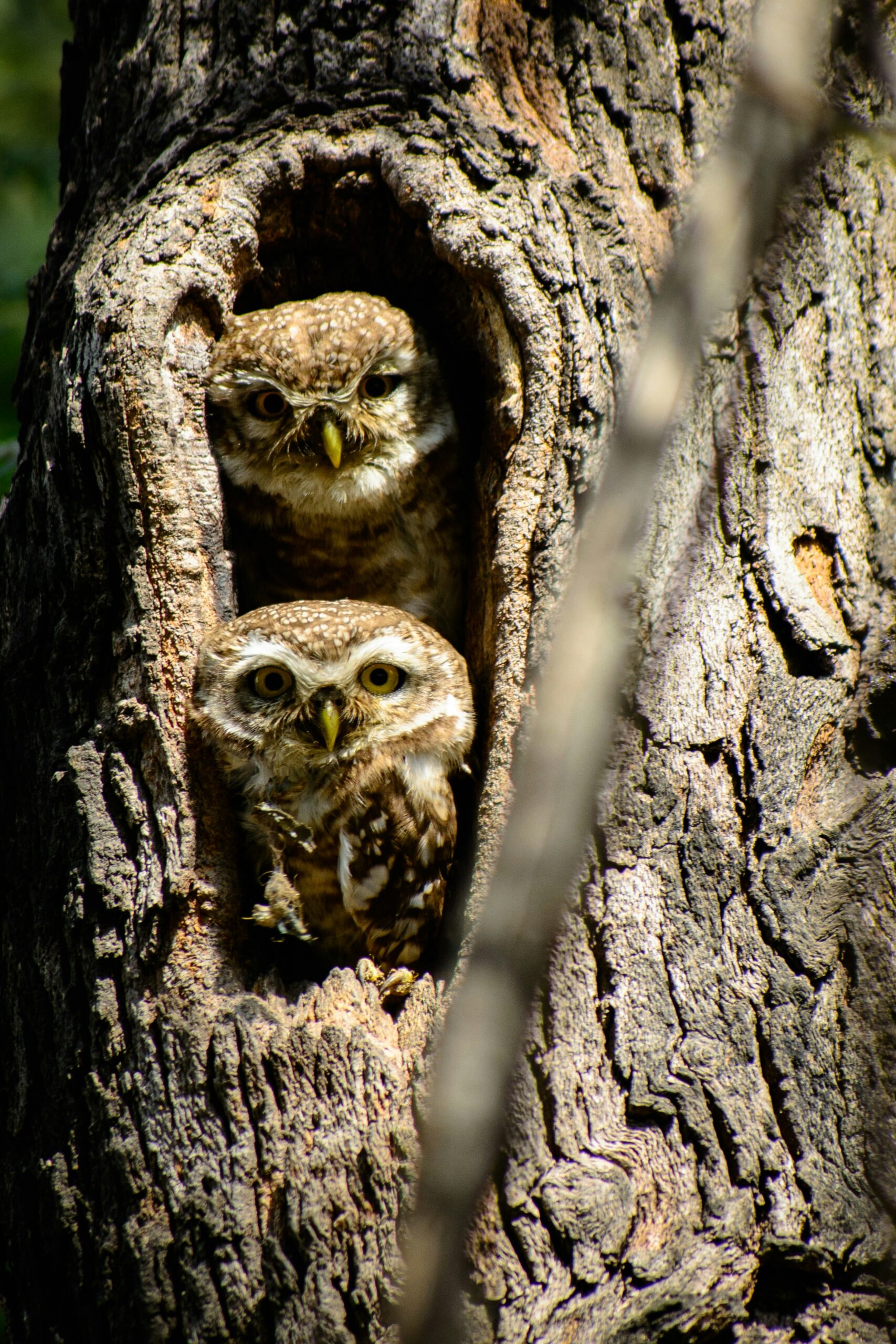In a world full of diverse habitats and unique landscapes, the question arises: do different environments necessitate distinct camouflage patterns? Adapting to one’s surroundings is a fundamental survival skill, and organisms have developed astonishing camouflage techniques to blend seamlessly with their environment. However, as we explore this intriguing phenomenon, we delve into an exploration of whether the vast array of habitats on Earth indeed demand specific camouflage patterns for the creatures inhabiting them.
Understanding Camouflage
Definition of camouflage
Camouflage refers to the ability of an organism to blend in with its surroundings, making it difficult to be detected by predators or prey. It involves the use of color, pattern, texture, and behavior to deceive or conceal oneself, allowing an organism to remain hidden and increasing its chances of survival.
Importance of camouflage for survival
Camouflage plays a crucial role in the survival of many species. It acts as a defense mechanism, helping organisms avoid predation by blending into their environment. By disguising themselves, these organisms can effectively avoid being seen, allowing them to hunt or gather resources without alerting potential threats.
Evolution of camouflage patterns in species
Over time, animals and plants have developed intricate camouflage patterns through the process of natural selection. Those individuals with better camouflage are more likely to survive and pass on their genes to the next generation. This evolutionary pressure has led to a wide variety of camouflage patterns in different species, tailored to their specific environments and the challenges they face.
Factors Determining Camouflage Patterns
Role of environment
The environment in which an organism lives is a critical factor in determining its camouflage pattern. Each habitat presents unique features, such as color, texture, and lighting conditions, which organisms must adapt to in order to remain hidden. From forests to deserts, marine environments to urban landscapes, different environments require different camouflage patterns to effectively blend in.
Predator and prey dynamics
The relationship between predators and prey also influences camouflage patterns. The ability to blend in with the surroundings allows predators to ambush their prey successfully, while prey animals use camouflage to avoid detection and increase their chances of survival. This constant evolutionary arms race between predators and prey has led to the development of increasingly specialized and effective camouflage strategies.
Reproduction requirements
Camouflage patterns can also be influenced by the need to attract mates or protect offspring. In some species, males develop brightly colored patterns to attract females during courtship rituals. In contrast, females may adopt more cryptic patterns to protect their nests or offspring from predators.
Seasonal changes
Many organisms undergo seasonal changes in their camouflage patterns to adapt to the shifting environment. For example, some animals molt or shed their feathers, scales, or fur to match the changing colors of their surroundings during different seasons. This adaptability allows them to remain concealed and maximize their chances of survival throughout the year.

Camouflage in Forest Environments
Use of green, brown, and black patterns
Forest environments are characterized by dense vegetation and an abundance of green and earthy tones. Organisms in these habitats often exhibit camouflage patterns consisting of various shades of green, brown, and black. This enables them to blend in seamlessly with the foliage and forest floor, making it challenging for predators or prey to spot them.
Role of shadow and texture
In addition to color, shadow and texture play crucial roles in forest camouflage. Many forest-dwelling organisms have evolved intricate patterns that mimic the dappled sunlight filtering through the leaves or the texture of tree bark. These adaptations help them break up their shape and create an illusion of depth, further enhancing their camouflage.
Examples of forest species with this camouflage
Numerous forest-dwelling species have developed effective camouflage patterns. For instance, the leaf-tailed gecko possesses a rough, bark-like texture and coloration that allows it to blend perfectly with the tree bark. Similarly, the mantis orchid mantis resembles a flower petal, enabling it to ambush unsuspecting prey amidst the lush vegetation.
Camouflage in Desert Environments
Use of sandy and light brown patterns
Desert environments are characterized by vast open spaces, arid conditions, and sandy landscapes. To blend into this environment, desert-dwelling organisms often exhibit camouflage patterns consisting of sandy and light brown tones. This coloration helps them match the sandy terrain, making it difficult for predators or prey to distinguish them from their surroundings.
Influence of harsh sunlight
Camouflage in desert environments is also influenced by the intense sunlight and heat. Many desert species have developed reflective or light absorbing adaptations to reduce their visibility and regulate their body temperature. These adaptations not only aid in camouflage but also help them survive in the extreme desert conditions.
Examples of desert species with this camouflage
Several desert species have evolved effective camouflage patterns. The sand gazelle, for example, has a sandy tan coat that perfectly blends with the desert sand, providing it with excellent camouflage against predators. The sandfish lizard possesses scales that mimic the color and texture of the desert sand, allowing it to move undetected in its sandy habitat.

Camouflage in Marine Environments
Use of blue and white patterns
Marine environments present unique challenges for camouflage, as organisms must blend in with the vast blue ocean. Many marine species exhibit camouflage patterns consisting of blue and white tones, which help them match the colors of the water and sky. These patterns allow them to remain hidden from both predators and prey in the vast oceanic expanse.
Impact of depth and water clarity
The depth and water clarity in marine environments also influence camouflage patterns. Organisms at different depths may have variations in coloration and pattern to match the changing light conditions. Additionally, some marine species possess the ability to change their color and pattern through specialized cells called chromatophores, allowing them to adapt to various backgrounds.
Examples of marine species with this camouflage
Numerous marine species have developed effective camouflage patterns. The octopus, for instance, can rapidly change its color and texture to closely match its surroundings, making it nearly invisible to predators and prey. The white-spotted pufferfish has a mottled pattern of white and blue spots that helps it blend with the light filtering through the ocean’s surface.
Camouflage in Urban Environments
Use of grey, white, and black patterns
Due to the rise of urbanization, many organisms have had to adapt to survive in man-made environments. Urban environments are characterized by concrete structures, pavement, and artificial lighting. In these settings, organisms often exhibit camouflage patterns consisting of grey, white, and black colors, which help them blend with the urban infrastructure and urban wildlife.
Influence of man-made structures
Camouflage in urban environments is heavily influenced by man-made structures. Many organisms have developed patterns that resemble graffiti, wall textures, or even trash, allowing them to blend into the urban landscape. This adaptation enables them to remain concealed from predators or prey and take advantage of available resources.
Examples of species adapting to urban environments
Several species have successfully adapted their camouflage patterns to urban environments. The gray squirrel, for instance, has a coloration that closely matches the concrete structures and pavement, making it difficult to spot amidst the urban landscape. Likewise, some birds, such as the common pigeon, have evolved plumage that matches the color of buildings, enabling them to conceal themselves in urban areas.

Camouflage in Snowy Environments
Use of white and light grey patterns
Snowy environments present unique challenges for camouflage, as organisms must blend in with the pristine white surroundings. In these environments, organisms often exhibit camouflage patterns consisting of white and light grey tones. This coloration helps them match the snowy landscape, providing them with effective camouflage against predators or prey.
Effect of constant low temperatures
Camouflage in snowy environments is also influenced by the constant low temperatures. Many organisms have developed adaptations to regulate their body temperature and minimize heat loss. These adaptations, such as thicker fur or feather growth, not only aid in thermal insulation but also enhance their camouflage in the snowy environment.
Examples of snowy environment species with this camouflage
Numerous species have evolved effective camouflage patterns in snowy environments. The Arctic fox, for example, has a thick white coat that provides excellent camouflage against the snowy landscape, allowing it to blend in effortlessly. The snowshoe hare also possesses fur that turns white during the winter, providing it with effective camouflage against predators.
Implication on Human Activities
Use of camouflage in military operations
Camouflage techniques used in nature have inspired the development of camouflage strategies employed in military operations. The ability to blend into the surroundings has been utilized to conceal soldiers, vehicles, and equipment, enhancing their stealth and protection in combat situations.
Influence on fashion and design
The concept of camouflage has also found its way into the fashion and design industry. Camouflage patterns have become popular in clothing, accessories, and interior design. While these patterns are primarily used for aesthetic purposes, they pay homage to the effectiveness of camouflage in nature.
Usage in outdoor activities like hunting
Camouflage plays a significant role in outdoor activities such as hunting and wildlife photography. Proper camouflage allows hunters and photographers to blend into their environment, increasing their chances of observing or capturing wildlife without disturbing them. Camouflage clothing and gear designed for these activities help individuals merge seamlessly with the natural surroundings.
Limitations and Challenges
Constant changing environments
One of the main challenges organisms face is the ever-changing nature of their environments. As habitats evolve and human activities alter the landscape, organisms must adapt their camouflage patterns to remain effective. Failure to adjust to these changes may threaten their survival and increase their vulnerability to predation.
Camouflage and global warming effect
Global warming poses a significant challenge to organisms relying on camouflage. Drastic changes in temperature and weather patterns can alter the appearance of an environment, rendering an organism’s camouflage ineffective. Additionally, melting snow and ice in polar regions expose species that rely on white camouflage, making them more visible to predators.
Risk of losing camouflage ability
Human activities, such as deforestation and pollution, can disrupt the natural habitats of many organisms, affecting their ability to blend into their surroundings. Destruction of natural habitats reduces the availability of suitable camouflage patterns, increasing the risk of predation or disturbance.
Future of Camouflage
Use of technology and artificial intelligence
Advancements in technology and artificial intelligence are likely to revolutionize camouflage techniques. Scientists and researchers are exploring the use of adaptive camouflage materials and camouflage devices that mimic the surroundings, allowing objects or individuals to appear virtually invisible. These advancements have implications in various fields, including military operations and wildlife conservation.
Potentials in genetic engineering
The potential for genetic engineering to modify an organism’s appearance opens up possibilities for creating more effective camouflage patterns. By manipulating genes responsible for pigmentation or physical traits, scientists could potentially design organisms with camouflage suited to specific environments or human needs.
Predicted changes in camouflage patterns due to environment changes
As habitats continue to face challenges from climate change and human activities, the future may witness modifications in camouflage patterns. Species may adapt by changing the color, texture, or behavior of their camouflage to remain effective in their evolving environments. This constant evolution is a testament to the resilience and adaptability of nature.
In conclusion, camouflage is a remarkable adaptation that allows organisms to thrive in diverse environments. From forests to deserts, marine environments to urban landscapes, and snowy habitats, organisms have evolved camouflage patterns suited to their unique surroundings. Understanding the factors influencing camouflage and the challenges it faces is crucial for conservation efforts and the development of innovative solutions. Whether in natural ecosystems or human-made environments, the art of blending into the surroundings continues to fascinate and inspire research, design, and our appreciation for the wonders of nature.

